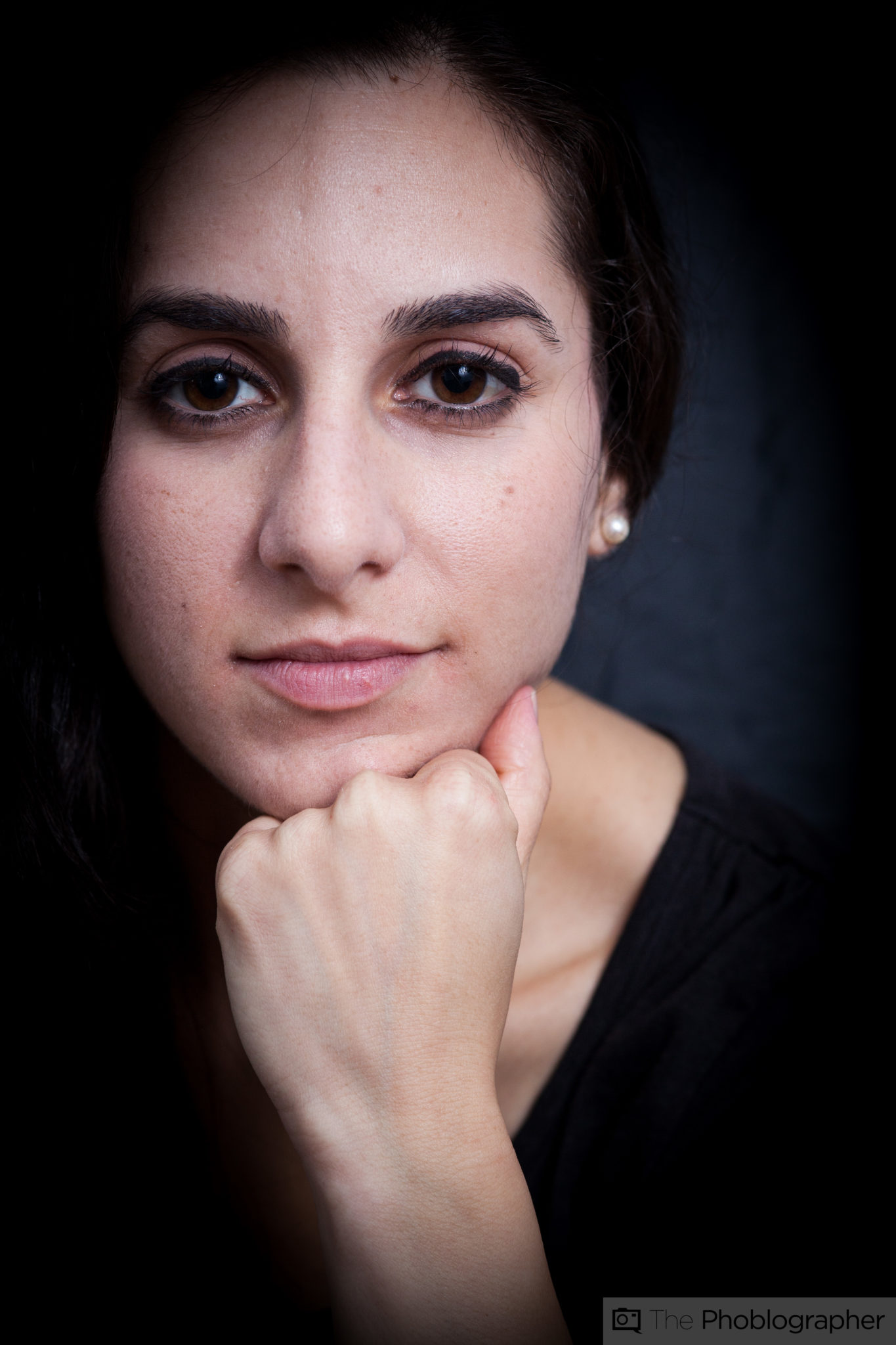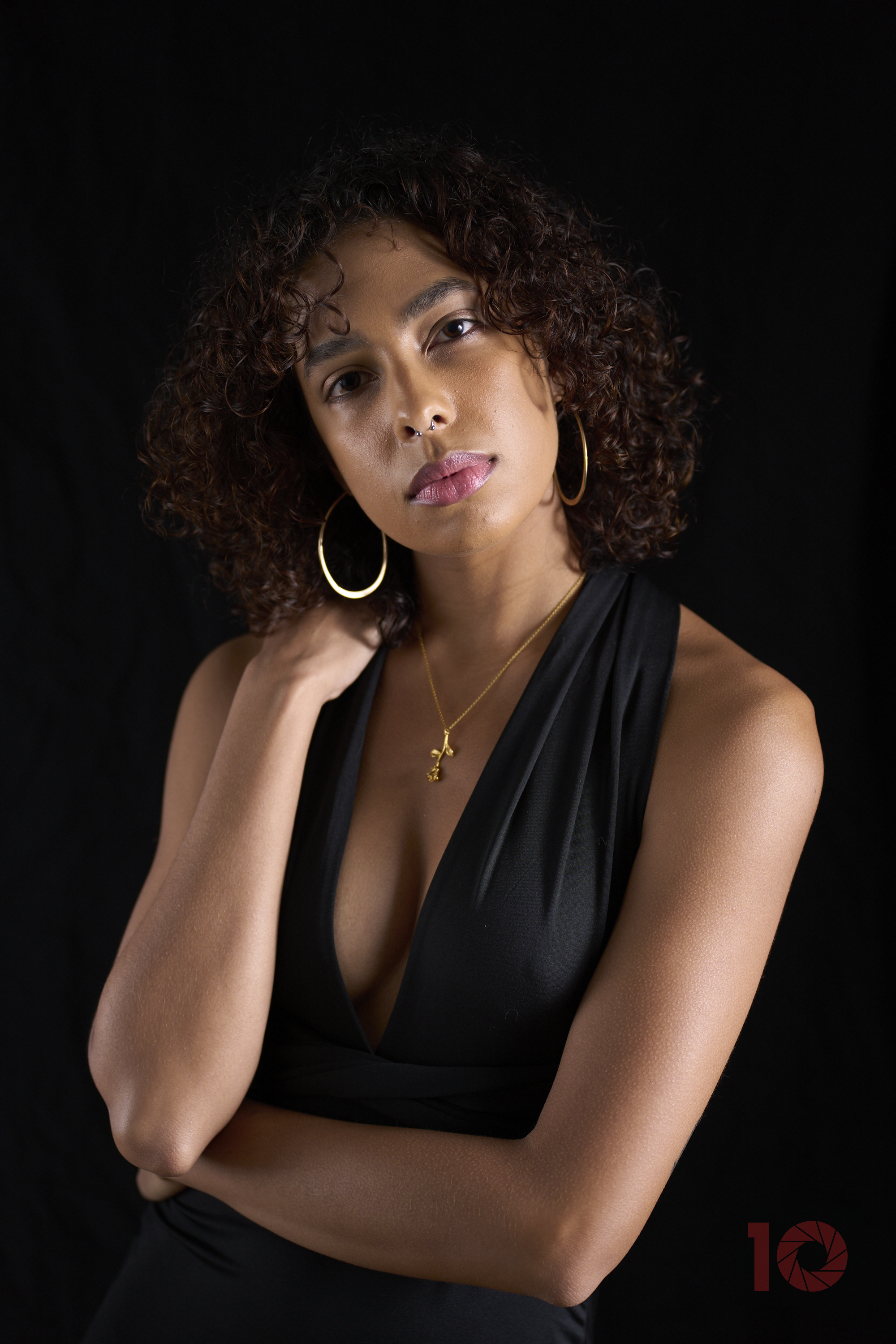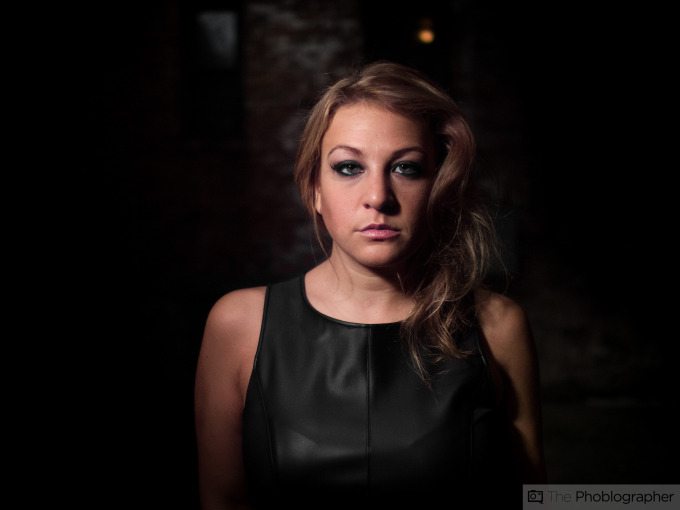Last Updated on 05/11/2022 by Mark Beckenbach
Here at The Phoblographer, we’re not about getting sharper photos. We think modern lenses are way too sharp. But we know and understand that a lot of you want sharper lenses. It’s wonderful that you do. However, we think if you just want to buy a new lens or spend a lot of time in post-production that you’re doing yourself an injustice. And you’re probably forgetting about this one important trick to getting sharper photos. So we’re going to talk about it and a little bonus tip, too!
We hate banner ads too. Download our app for iOS, iPad, and Android and get no banner ads for $24.99/year.
Use a Flash to Get Sharper Photos
Seriously, we can’t tell you how important this is. When you shoot a photo, you get what’s there. But more details come out when there’s the same light as on a bright, sunny day. Add a flash and you’ll get things called specular highlights. Suddenly, an old lens will look as sharp as it does on the day you bought it. That’s because the flash is working with the camera to provide details that otherwise weren’t there.
And here’s a bigger secret: a flash can do this while LED lights or constant lights won’t necessarily be able to. That’s because of how flash works. With a studio strobe or a really good flash, there’s a little thing called flash duration, which acts as a second-shutter speed sort of. With that said, the faster the flash duration, the sharper the image. Just think about it; you can get a sharper photo at 1/8000th of a second than you can at 1/30th.
If you really just use a flash, you won’t need to mess with a clarity or sharpness slider for the rest of your life. There’s no excuse not to use a flash except for being afraid of it or shoot landscapes. If you’re shooting landscapes, then you can’t really use a flash. However, in-camera you can add the clarity effect. It will be added to your RAW files; we’ve seen this across the board with various manufacturers.
Truly, this is the single most underrated trick. Today, The Phoblographer’s staff looked at images from an influencer who reviewed a lens. We couldn’t help but notice the coloring and the hours of Photoshop put into the images. We could tell there was a lot of retouching to make the eyes super white and very sharp. But it could’ve been fixed with simply knowing how to light in the first place.
Deepen the Black Levels and Create Natural Contrast

Here’s another trick: the black levels. No, you don’t need to spend time editing in post-production to get deeper black levels. Instead, you can use contrast in your lighting to deepen the darker areas. Higher contrast tricks the eye into not paying attention to the black areas. Because that’s happening, folks will think your photos are sharper. It’s a pretty brilliant hack, if not disingenuous. However, the only people that will truly care are photographers. And in the end, who cares what some photographer thinks about your work on the internet.
To recap here, keep in mind what a flash can do you for and how much easier it can make life. It delivers specular highlights in your photos that otherwise wouldn’t be possible. That’s because the details are there, but they technically don’t exist to your camera. Then create higher-contrast lighting when you can. Happy shooting!



